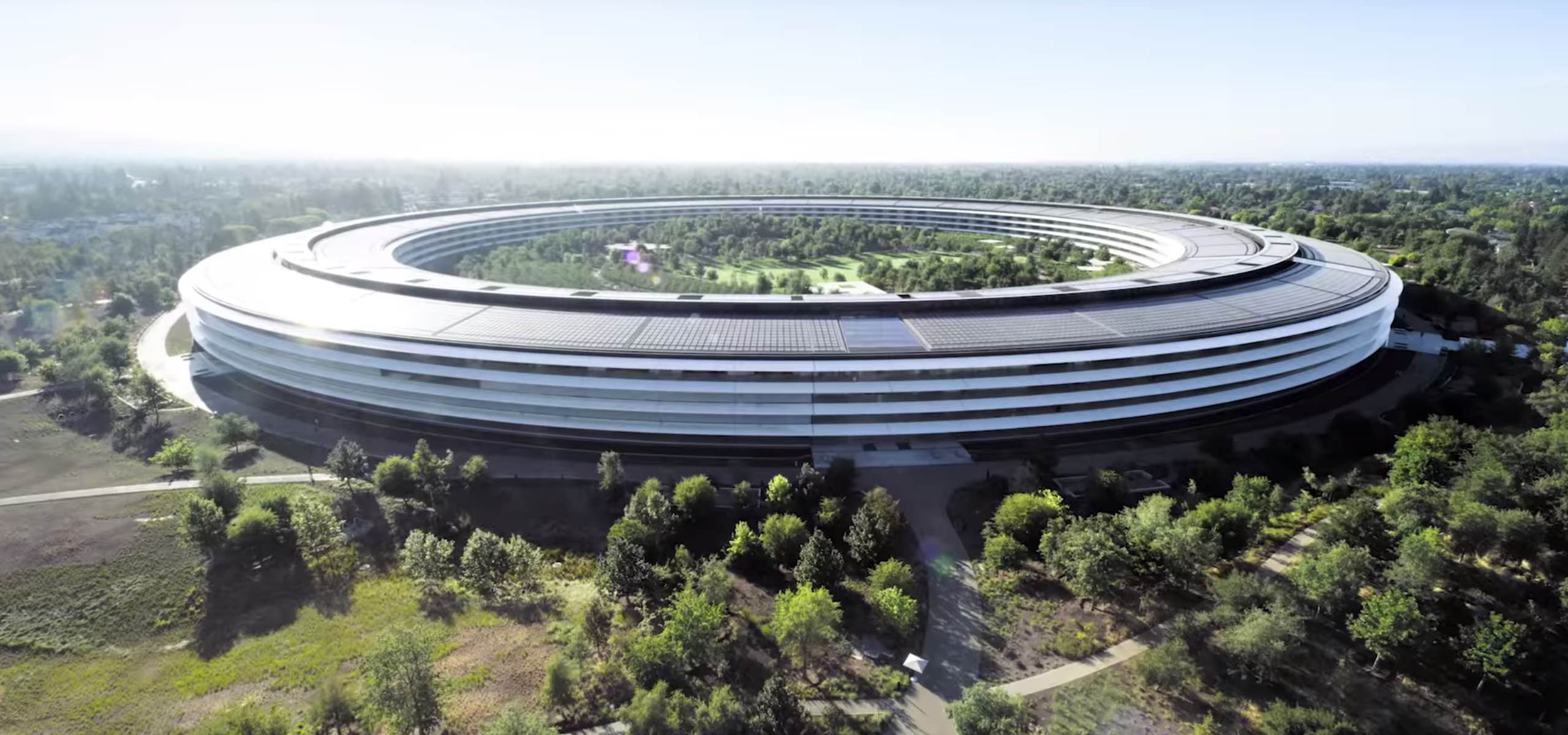iOS 15.2 brings a new Legacy Contacts feature that lets you designate one or more trusted persons who will have access to your digital life via your Apple ID after you die.

HIGHLIGHTS
- iOS 15.2 adds the useful new Apple ID Legacy Contacts feature
- With it, your data digital legacy is passed down to the loved ones after you die
- Legacy contacts can access data associated with your Apple ID account
- Some information is off-limits, like purchased media and passwords
Legacy Contacts appears in iOS 15.2
Legacy Contacts was announced at WWDC21 as part of other new iOS 15 features. However, Legacy Contacts missed iOS 15’s public launch because Apple took some additional time to smooth out the rough edges. But now Legacy Contacts has made an appearance in the inaugural beta of iOS 15.2, meaning it’s already available to beta testers.
To add someone as your Apple ID legacy contact, open Settings on your iPhone with iOS 15.2 and touch your Apple ID profile picture at the top, then select Password & Security.
The people who added you as their legacy contact will also appear there.
How Apple’s Legacy Contacts feature works
When you die, your loved ones cannot access your digital archive to download precious memories such as photos, notes and more. Now, some online services allow you to designate one or more people as your trusted contacts, in turn giving them access to your account after you pass away. Read: How to set up legacy contacts on Facebook
It took Apple a while to implement this feature but now it’s finally here for beta users on the new iOS and iPadOS 15.2 beta. This digital legacy program of sorts allows you to designate people you trust as legacy contacts. Doing so allows any legacy contac to access your Apple ID account and personal information in the event of your death.
A splash screen in iOS 15.2 describes the new Legacy Contacts feature as follows:
- Add someone you trust: Choose someone you trust to have access to data from your account after your death.
- Share your access key: Your legacy contact will need to provide an access key and a copy of your death certificate to access data from your account.
- Pass down your digital legacy: Pass down your photos, videos, notes, documents, personal information and more to the people you love.
Legacy contacts can access most but not all data associated with your Apple ID.
What Apple ID data can legacy contacts access?
Your legacy contacts can access the following data in your Apple ID:
- Photos library
- Messages
- Notes
- Files
- Contacts
- Calendar events
- Downloaded apps
- Device backups
- Other information stored in iCloud
Simply designating someone as a legacy contact doesn’t immediately give them unrestricted access to your Apple ID account data. To access your data, a legacy contact must reach out to Apple and provide the company with an access key along with a copy of your death certificate. Only then shall Apple permit them to access your account.
Some stuff is off-limits to legacy contacts, such as any licensed media tied to your Apple ID account and any passwords that are stored in your iCloud Keychain.
When will Apple ID Legacy Contacts launch publicly?
The Legacy Contacts feature will launch for everyone when iOS 15.2, iPadOS 15.2 and other updates launch for public consumption, which will happen sooner than later.
Be sure not to confuse iOS 15.2’s new Legacy Contacts feature with another one, called Recovery Contacts. As described in a support document on the Apple website, that one lets you define someone as a recovery contact. A recovery contact can help you regain access to your Apple ID account should you ever get locked out.